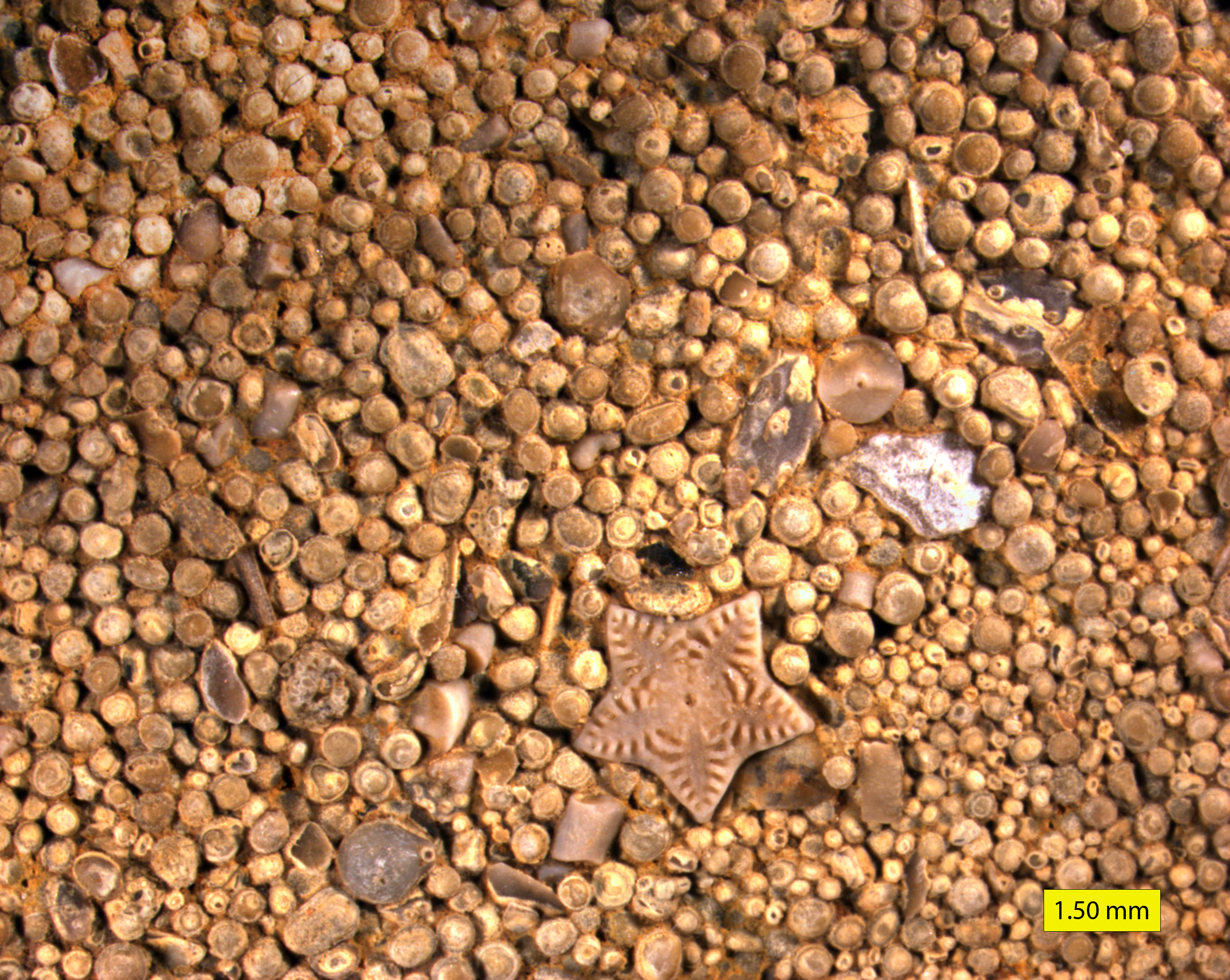allochems on:
[Wikipedia]
[Google]
[Amazon]
 Allochem is a term introduced by FolkFolk, R. L. (1959) ''Practical petrographic classification of limestones.'' American Association of Petroleum Geologists Bulletin. 43, pp. 1–38. to describe the recognisable "grains" in
Allochem is a term introduced by FolkFolk, R. L. (1959) ''Practical petrographic classification of limestones.'' American Association of Petroleum Geologists Bulletin. 43, pp. 1–38. to describe the recognisable "grains" in
 Allochem is a term introduced by FolkFolk, R. L. (1959) ''Practical petrographic classification of limestones.'' American Association of Petroleum Geologists Bulletin. 43, pp. 1–38. to describe the recognisable "grains" in
Allochem is a term introduced by FolkFolk, R. L. (1959) ''Practical petrographic classification of limestones.'' American Association of Petroleum Geologists Bulletin. 43, pp. 1–38. to describe the recognisable "grains" in carbonate rocks
Carbonate rocks are a class of sedimentary rocks composed primarily of carbonate minerals. The two major types are limestone, which is composed of calcite or aragonite (different crystal forms of CaCO3), and dolomite rock (also known as doloston ...
. Any fragment from around 0.5 mm upwards in size may be considered an allochem. Examples would include ooids, peloids
Peloids are allochems that are composed of micrite, irrespective of size, shape, or origin. The two primary types of peloids are pellets and intraclasts
Intraclasts are irregularly shaped grains that form by syndepositional erosion of partially ...
, oncolite
Oncolites are sedimentary structures composed of oncoids, which are layered structures formed by cyanobacterial growth. Oncolites are very similar to stromatolites, but, instead of forming columns, they form approximately spherical structures. T ...
s, pellets, fossil
A fossil (from Classical Latin , ) is any preserved remains, impression, or trace of any once-living thing from a past geological age. Examples include bones, shells, exoskeletons, stone imprints of animals or microbes, objects preserved ...
or pre-existing carbonate fragments. Fragments are still termed allochems if they have undergone chemical transformations – for example if an aragonite
Aragonite is a carbonate mineral, one of the three most common naturally occurring crystal forms of calcium carbonate, (the other forms being the minerals calcite and vaterite). It is formed by biological and physical processes, including pre ...
shell were to dissolve and be later replaced by calcite, the replacement would still be deemed an allochem.Scholle, P. A., and D. S. Ulmer-Scholle (2003) ''A Color Guide to the Petrography of Carbonate Rocks: Grains, textures, porosity, diagenesis''. American Association of Petroleum Geologists Memoir no. 77. Tulsa, Oklahoma, American Association of Petroleum Geologists. 474 pp.
The allochems are typically embedded in a matrix of micrite
Micrite is a limestone constituent formed of calcareous particles ranging in diameter up to four μm formed by the recrystallization of lime mud. Flügel, Erik, ''Microfacies of Carbonate Rocks: Analysis, Interpretation and Application,'' Springe ...
(lime mud) or sparry calcite.
References
Sedimentology Sedimentary rocks Limestone {{geology-stub